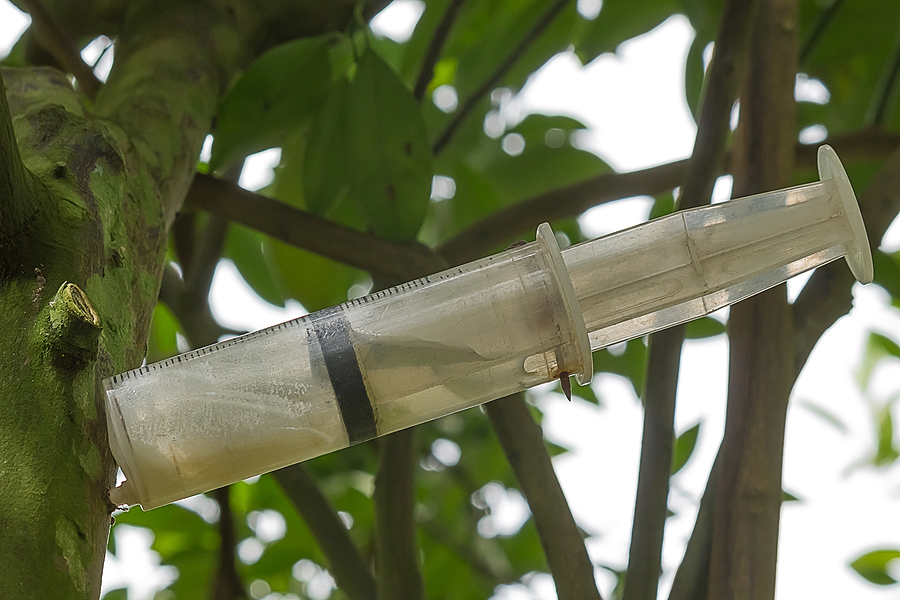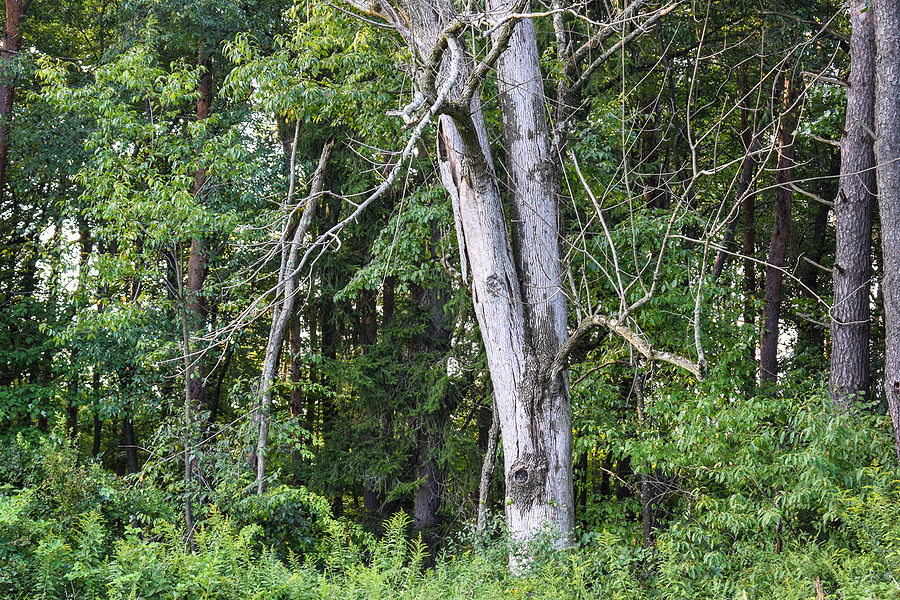The bustling canopy of trees adorning our landscapes provides us with more than just aesthetics — they are living, breathing organisms that are vulnerable to a variety of maladies. When our green guardians face challenges like nutrient deficiencies, invasive pests, or hazardous diseases, the threat isn’t just to their individual health; it can have ripple effects on local ecosystems and impact the quality of our living environments.
Enter tree injections, a refined method that delivers targeted care to our leafy comrades. In this comprehensive guide, we’ll venture into the arboreal oasis and unearth the potential that tree injections hold for homeowners and gardeners.

Understanding the Essence of Tree Injections
Imaging a tree’s vital fluids — the life force that sustains their impressive growth — coursing through a network of mysterious vascular systems, and you’ll begin to understand the marvel of tree injections. Also known as trunk injections, this method involves introducing essential nutrients, protective pesticides, or curative fungicides directly into a tree’s circulatory system. Such an approach bypasses the soil entirely, ensuring a rapid uptake of the injectate right where the tree needs it most.
A Salve for Ailing Trees
The key selling point of trunk injections is their precision. Whether combating a devastating pest like the emerald ash borer, or responding to a potassium-starved oak tree, this method delivers a direct dose of assistance. The focus on systemic treatment means that every leaf, branch, and root is slated for healing. It’s like the tree is receiving an intravenous drip of defense.
Delving into the Diverse World of Tree Injections
The cocktail of trunk injections varies widely, tailored to the unique requirements of the tree species and the challenges they confront. Here are the main categories:
Nutrient Injections for Growth and Recovery
Deep-root fertilization is a type of tree injection that aids in fortifying the tree’s stature. This slow-release nutrient infusion is particularly effective for trees in urban environments, where soil nutrient depletion is a common concern.
Insecticide and Pesticide Injections for Pest Management
Look to pesticide injections when pests are too pervasive for conventional spraying or when using pesticides can potentially harm beneficial insects. This method is especially effective for bugs that bore into the tree, as traditional sprays often fail to reach them.
Disease Management with Systemic Fungicides
When common fungal diseases like Dutch elm disease strike, systemic fungicides are deployed to arrest further damage. These injections fortify the tree against the spread of infection, giving it a fighting chance to recover.
The Upside of Using Trunk Injections
The benefits of trunk injections are as varied as the solutions they provide. Not only do they offer a more efficient use of resources by targeting the treatment, but they can also be less intrusive overall.
Environmental Considerations – Compared to the wide-spread application of chemicals via sprays, trunk injections minimize collateral damage to surrounding plants and wildlife.
Healthier Trees, Superior Results – Because of their systemic delivery, the results of tree injections are often more profound and durable than those of traditional methods. A well-nourished tree is also more robust against future challenges.
Economic Factors – While the initial cost might seem higher than alternatives, the long-term benefits can lead to savings in maintenance and potential replacement costs of a poorly managed tree.
When to Elect for Tree Injections
Recognizing when a tree might benefit from an injection treatment is crucial. Here are some scenarios where this method shines:
When Time is of the Essence – For trees under immediate stress, such as those afflicted by pests that destroy leaf tissues, injections can rapidly deploy countermeasures.
Chronic Conditions – Long-term nutrient support, such as iron for chlorotic trees, is best administered via injections, catering to the tree’s slow metabolic pace.
Preventive Measures – In some cases, especially in urban settings, periodic injections can be a preemptive strategy to maintain tree health, even in the absence of visible issues.
Mastering the Tree Injection Process
Administering a tree injection is part art, part science. Here’s how the procedure unfolds:
Prepping the Site – Begin by identifying the injection points and preparing the tree for the treatment. Clearing the area around the injection site and ensuring all equipment is sterile is paramount.
Injection Methodology – The actual injection process should be approached with care, with respect for the tree and its health. Injecting too quickly or forcefully can damage the tree’s tissues.
Post-Treatment Care – After the injections are complete, providing the appropriate care, such as watering if needed or monitoring the tree’s response, is essential for optimal results.
Navigating the Potential Pitfalls of Trunk Injections
Even the most meticulous gardeners can run into pitfalls when it comes to trunk injections. Here are some to avoid:
Overlooking Maintenance – Assuming the work is done after the injections can sabotage results. Continue to monitor the tree’s progress and address any additional actions that may be needed.
Poor Injection Placement – Choosing the right injection site is a fine balance. Too high, and you risk compromising structural integrity; too low, and the roots won’t benefit.
Ignoring Professional Advice – In the quest to cut costs, homeowners might undertake tree injections themselves. However, consulting with an arborist can save time, money, and trees in the long run.
Calculating the Cost of Tree Trunk Injections
Understanding the financial aspect of tree trunk injections can help you plan for these services:
Equipment and Material Costs – Initial outlays for injectors, treatments, and protective gear should be factored into your budget.
Labor vs. DIY – Deciding between professional services and a DIY approach depends on several factors, including the number of trees and their individual needs.
Long-term Investment in Tree Health – When viewed as an investment in property and environmental health, the cost of tree injections can seem more justifiable.
Summary
For those with verdant aspirations, tree injections offer a nuanced and potent means of nourishing our arboreal allies. The next time you encounter a tree in need, consider the power of a targeted trunk injection and watch as your landscape thrives under your caring command. Engage with your local arborist or tree service company to explore the possibilities — after all, a safe, flourishing arboretum benefits us all.
Should you believe your trees need a professional inspection and health evaluation, feel free to contact our team. Contact Complete Tree Care at 317-783-2518 for licensed and insured tree service in Indianapolis, Indiana and get instant advice from a certified arborist today. We serve residential and commercial clients with comprehensive tree care solutions.
Related Posts:
Keeping Your Trees Healthy in Indiana’s Spring Season: A How-to Guide
What You Need to Learn About Tree Stress
The Common Process of Tree Fertilization

